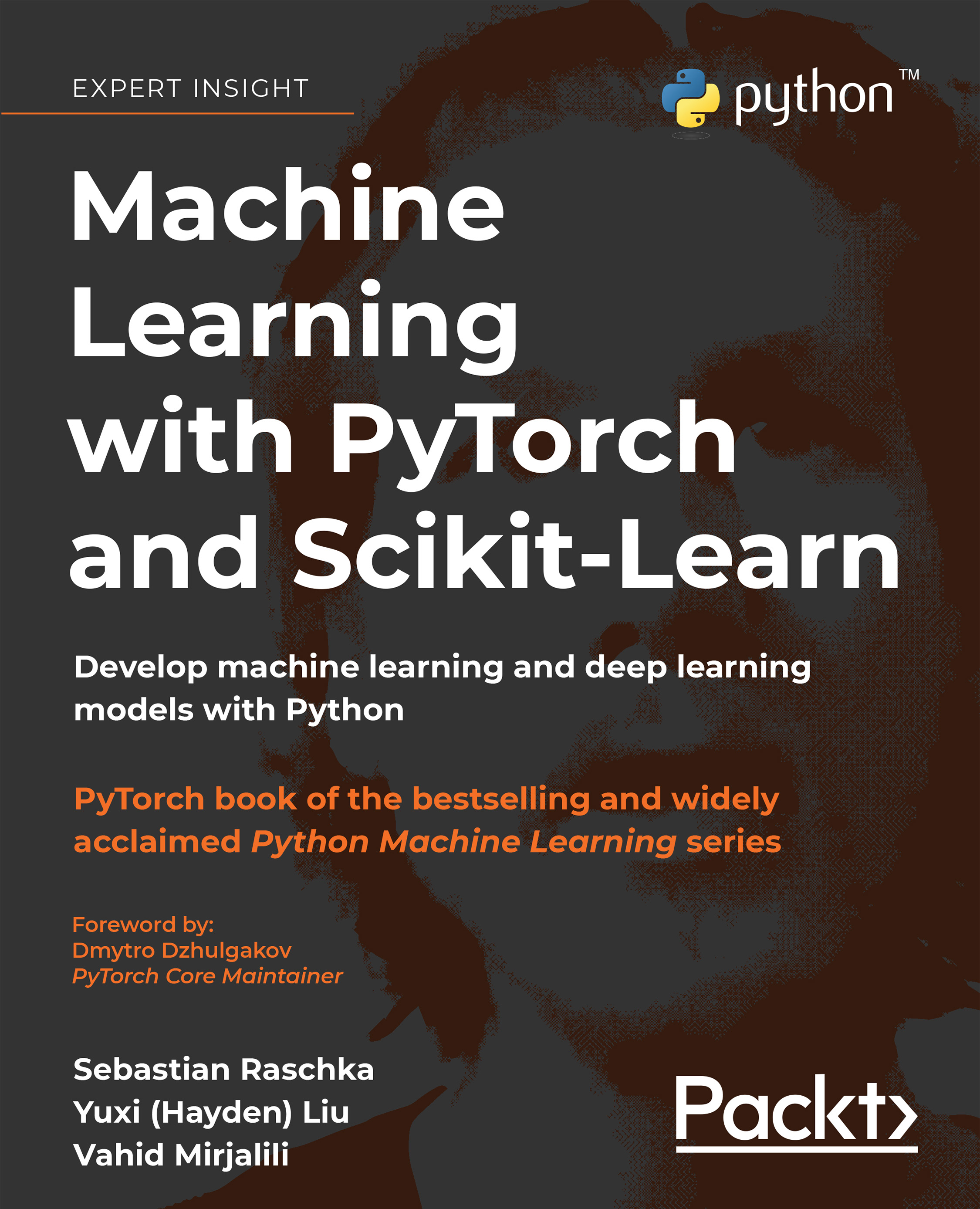Kubernetes pod and container restarting
In Kubernetes, a Pod is the smallest deployable unit, often containing one or more containers. When a container or pod needs to be restarted due to errors or updates, Kubernetes offers several methods to do so. For example, you can restart a Pod by deleting it, and Kubernetes will automatically recreate it if it’s part of a Deployment. Alternatively, you can restart a specific container within a Pod using commands like `kubectl exec` for more precise control. These features allow Kubernetes to maintain high availability and resilience in a cloud environment.
Better Kubernetes YAML Editing with (Neo)vim
Editing Kubernetes YAML files can be tricky, but using Neovim, a modern version of Vim, can make it much easier. Neovim is lightweight, highly customizable, and integrates well with your terminal, making it ideal for DevOps and platform engineers. By configuring Neovim specifically for YAML files, you can set up features like auto-indentation, syntax highlighting, folding, and autocompletion, all of which help reduce errors and improve efficiency.
Monitoring kubernetes events with kubectl and Grafana Loki
Unlock access to the largest independent learning library in Tech for FREE!
Get unlimited access to 7500+ expert-authored eBooks and video courses covering every tech area you can think of.
Renews at $19.99/month. Cancel anytime
In Kubernetes, monitoring events is crucial for understanding the status and issues related to Pods, WorkerNodes, and other components. You can use `kubectl` to view these events directly, or you can enhance your monitoring setup by integrating Kubernetes events with Grafana Loki. By capturing events as logs using a tool like the `k8s-event-logger`, which listens to the Kubernetes API, you can store them in Loki, create metrics with RecordingRules, and visualize them in Grafana.
Practical Logging for PHP Applications with OpenTelemetry
Practical logging for PHP applications using OpenTelemetry involves instrumenting your PHP code to collect and correlate log data with other observability signals like traces and metrics. This approach is particularly useful in microservices-based architectures, where understanding the interactions between different services is crucial for maintaining system stability. By using OpenTelemetry, developers can standardize how telemetry data is collected and exported, reducing complexity.
Using 1Password with External Secrets Operator in a GitOps way
To manage secrets securely in a GitOps environment using Kubernetes, you can integrate 1Password with the External Secrets Operator. This setup allows you to automatically fetch and inject secrets stored in 1Password into your Kubernetes cluster. By using tools like ArgoCD, Helm, or FluxCD, you can deploy and manage this integration efficiently. The External Secrets Operator pulls secrets from 1Password via 1Password Connect, a proxy that ensures availability and reduces API requests.
 United States
United States
 Great Britain
Great Britain
 India
India
 Germany
Germany
 France
France
 Canada
Canada
 Russia
Russia
 Spain
Spain
 Brazil
Brazil
 Australia
Australia
 Singapore
Singapore
 Canary Islands
Canary Islands
 Hungary
Hungary
 Ukraine
Ukraine
 Luxembourg
Luxembourg
 Estonia
Estonia
 Lithuania
Lithuania
 South Korea
South Korea
 Turkey
Turkey
 Switzerland
Switzerland
 Colombia
Colombia
 Taiwan
Taiwan
 Chile
Chile
 Norway
Norway
 Ecuador
Ecuador
 Indonesia
Indonesia
 New Zealand
New Zealand
 Cyprus
Cyprus
 Denmark
Denmark
 Finland
Finland
 Poland
Poland
 Malta
Malta
 Czechia
Czechia
 Austria
Austria
 Sweden
Sweden
 Italy
Italy
 Egypt
Egypt
 Belgium
Belgium
 Portugal
Portugal
 Slovenia
Slovenia
 Ireland
Ireland
 Romania
Romania
 Greece
Greece
 Argentina
Argentina
 Netherlands
Netherlands
 Bulgaria
Bulgaria
 Latvia
Latvia
 South Africa
South Africa
 Malaysia
Malaysia
 Japan
Japan
 Slovakia
Slovakia
 Philippines
Philippines
 Mexico
Mexico
 Thailand
Thailand














